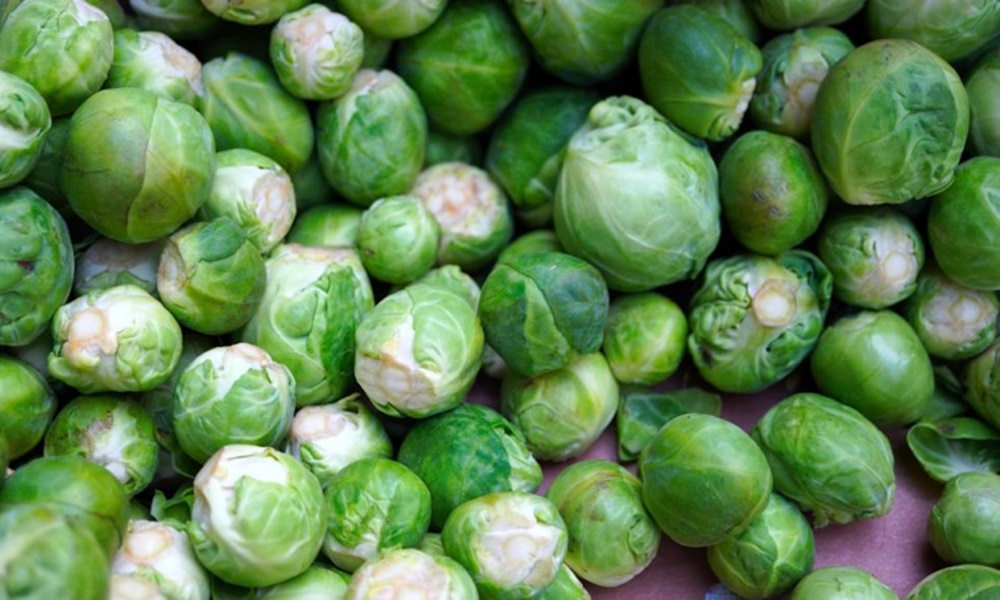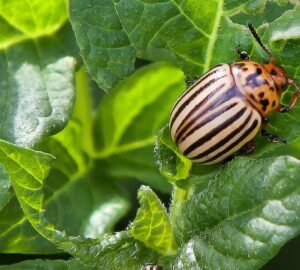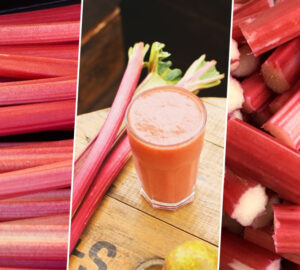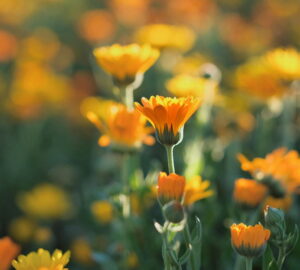Brussels sprouts, with their compact, leafy greens and delicate, miniature cabbage-like orbs, are a delightful addition to any winter garden. While they demand patience and care, the rewards of homegrown Brussels sprouts are unparalleled, offering a bountiful source of vitamins and minerals during the chilly months. In this article, we’ll share valuable tips and insights on how to successfully grow Brussels sprouts over the winter season, ensuring a steady supply of this nutritious and delicious vegetable.
Choosing the Right Varieties and Timing
The key to a successful Brussels sprouts harvest in winter lies in selecting the appropriate varieties and timing your planting just right. Depending on where you live and the severity of your winters, you’ll want to choose early, mid or late-season varieties.
Early Varieties
For those aiming to harvest Brussels sprouts in autumn, early varieties are your best bet. Start by sowing seeds in cold frames as early as March. By mid-May, when your young plants boast 4-5 leaves, it’s time to transplant them into your vegetable garden. This strategy allows you to enjoy your first Brussels sprouts as early as September.
Mid to Late Varieties
If your goal is to savor Brussels sprouts through the winter months, opt for mid to late-season varieties. Begin planting these directly in your garden in April. Utilize the space left behind after harvesting radishes, lettuce or spinach, as these crops are typically ready by early June. To maximize your garden space, consider interplanting with leaf lettuce, which can coexist harmoniously with Brussels sprouts. By mid-summer, your Brussels sprouts will develop robust cabbage-like leaves, and the first sprouts will start emerging in the leaf axils.
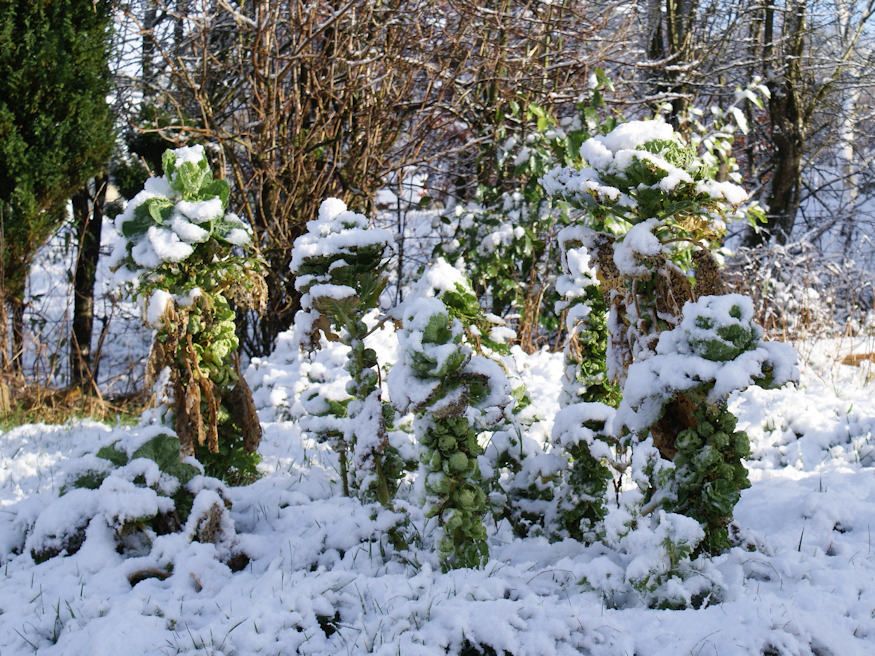
Harvesting Brussels Sprouts
One of the unique attributes of Brussels sprouts is their uneven maturation, allowing for an extended harvesting period. Begin your harvest from the bottom of the stalks once the sprouts reach a diameter of 2-4 cm. This practice ensures that the lower sprouts don’t become overripe while waiting for the upper ones to mature.
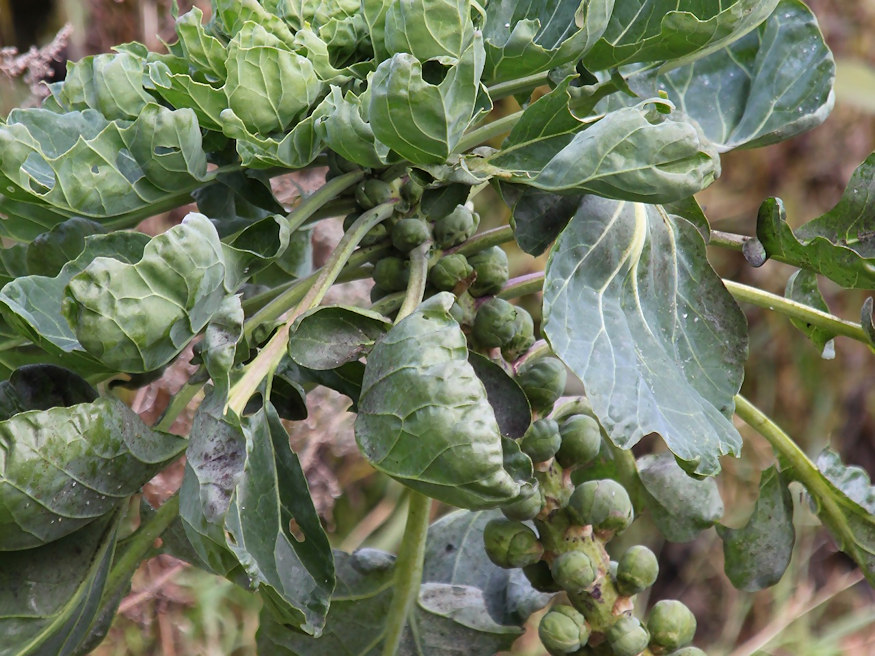
A Culinary Surprise: The Bonus Head
As you nurture your Brussels sprouts plants, you may discover a delightful surprise. Older varieties may develop a small, cabbage-like head on top of the main shoot. Don’t let this edible bonus go to waste! It can be used just like regular Brussels sprouts in your culinary creations.
Conclusion: Winter Bounty Awaits
In conclusion, growing Brussels sprouts over the winter can be a rewarding endeavor for garden enthusiasts. With the right variety selection and timing, you can enjoy a steady supply of these nutritious gems from autumn through the cold season. Remember to harvest from the bottom up, and keep an eye out for those bonus heads that add an extra touch of culinary delight to your winter menu. Embrace the seasonal beauty and bounty of your winter garden with the vibrant flavors of homegrown Brussels sprouts. Happy gardening!



